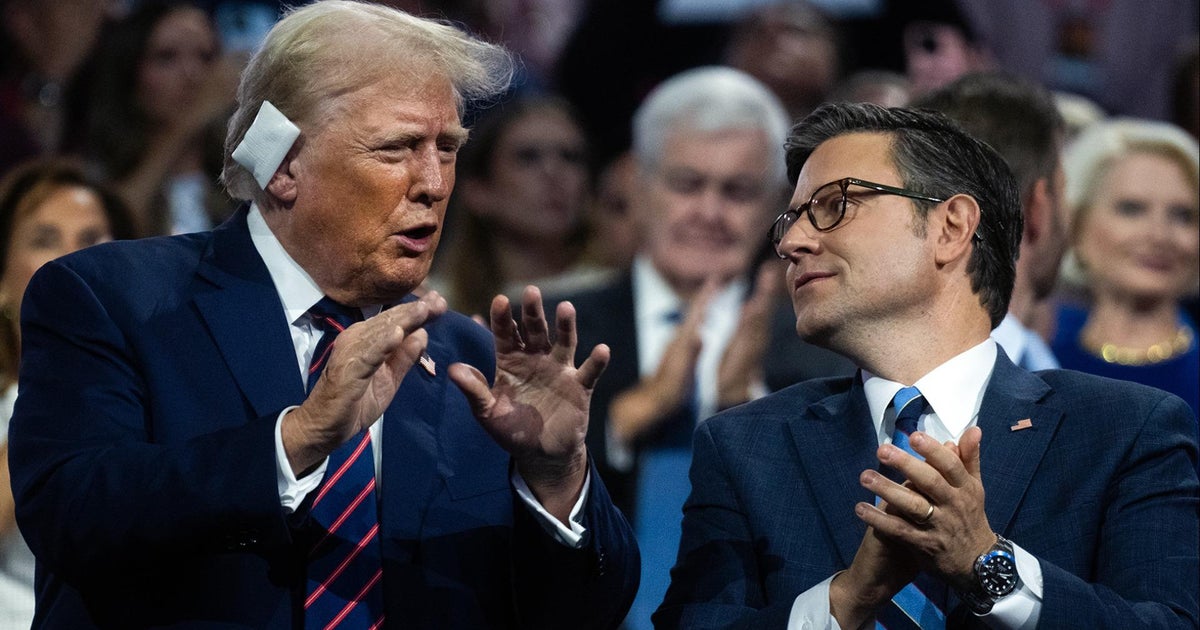U.S. unveils tariffs on $200 billion more in Chinese imports
The Trump administration is readying tariffs on another $200 billion in Chinese imports, ranging from burglar alarms to mackerel, escalating a trade war between the world's two biggest economies.
The Office of the U.S. Trade Representative proposed 10 percent tariffs Tuesday on a list of 6,031 Chinese product lines.
The office will accept public comments and hold hearings on the plan Aug. 20-23 before reaching a decision after Aug. 31, according to a senior administration official who briefed reporters on condition of anonymity. The proposed tariffs include a broad list of items, although it "avoids consumer goods even more than we expected," wrote Goldman Sachs analysts Alec Phillips and Blake Taylor in a research note.
"We expected apparel to be to a primary target of the next round of tariffs ... Instead, apparel was completely omitted," they noted.
If this round of tariffs moves forward, it would most likely be implemented in September, at the earliest, the Goldman analysts said. By their calculations, the categories that would feel the largest impact would be network routers, computer components and furniture.
Last Friday, the U.S. imposed 25 percent tariffs on $34 billion in Chinese products, and Beijing responded by hitting the same amount of U.S. imports.
The administration said the new levies are a response to China's decision to retaliate against the first round of U.S. tariffs.
"While there is currently frighteningly little bilateral discussion taking place, increased domestic opposition in the US to tariffs would make such talks more likely," wrote Louis Kuijs, head of Asia economics at Oxford Economics, in a research report. "In the absence of such discussions, the U.S. and China seem set for a more full-blown trade war, with major economic implications for themselves and the global economy."
U.S. criticisms
President Donald Trump has threatened to tax as much as $550 billion in Chinese products - an amount that exceeds America's total imports from China last year.
The United States complains that China uses predatory practices in a push to challenge American technological dominance. Chinese tactics, the administration says, include outright cybertheft and forcing U.S. companies to hand over technology in exchange for access to the Chinese market
The initial U.S. tariff list focused on Chinese industrial products in an attempt to limit the impact on American consumers. By expanding the list, the administration is beginning to hit products that U.S. households buy, including such things as electric lamps and fish sticks.
"Tariffs on $200 billion in Chinese products amounts to another multibillion-dollar tax on American businesses and families," said Scott Lincicome, a trade lawyer and senior policy analyst for the group Republicans Fighting Tariffs. "Given China's likelihood of retaliation, it's also billions worth of new tariffs on American exporters."
Members of Congress are increasingly questioning Trump's aggressive trade policies, warning that tariffs on imports raise prices for consumers and expose U.S. farmers and manufacturers to retaliation abroad.
"Tonight's announcement appears reckless and is not a targeted approach," Senate Finance Chairman Orrin Hatch, R-Utah, said in a statement. "We cannot turn a blind eye to China's mercantilist trade practices, but this action falls short of a strategy that will give the administration negotiating leverage with China while maintaining the long-term health and prosperity of the American economy."



